An Incredibly Intuitive Wootimber Wooden Website
The term heartwood derives solely from its position and not from any vital importance to the tree. This is evidenced by the fact that a tree can thrive with its heart completely decayed. Some species begin to form heartwood very early in life, so having only a thin layer of live sapwood, while in others the change comes slowly. Thin sapwood is characteristic of such species as chestnut, black locust, mulberry, osage-orange, and sassafras, while in maple, ash, hickory, hackberry, beech, and pine, thick sapwood is the rule.
Growing Forests For Our Future
However, other processes such as decay or insect invasion can also discolor wood, even in woody plants that do not form heartwood, which may lead to confusion
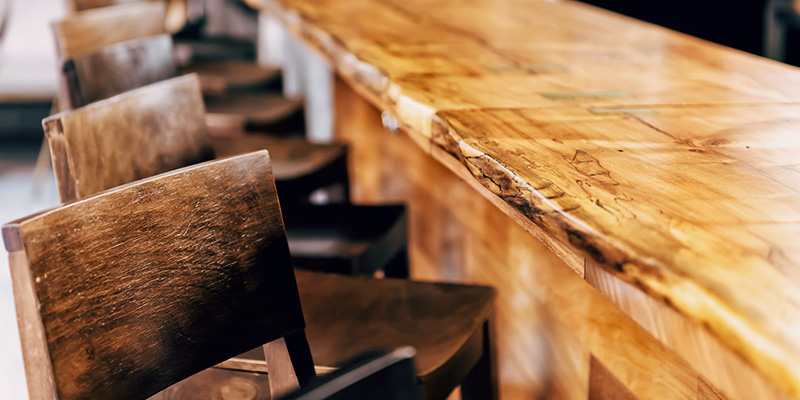
“Land and timber are what we know best!”
Heartwood is often visually distinct from the living sapwood, and can be distinguished in a cross-section where the boundary will tend to follow the growth rings. For example, it is sometimes much darker. However, other processes such as decay or insect invasion can also discolor wood, even in woody
Bring the warmth and ambience of real timber to any space!
No definite relation exists between the annual rings of growth and the amount of sapwood. Within the same species the cross-sectional area of the sapwood is very roughly proportional to the size of the crown of the tree. If the rings are narrow, more of them are required than where they are wide. As the tree gets larger, the sapwood must necessarily become thinner or increase materially in volume.
We work directly with you to identify the right species for your needs!
- Timber Purchasing
- Timber Supliess
- Harvesting
When a tree is very young it is covered with limbs almost, if not entirely, to the ground, but as it grows older some or all of them will eventually die and are either broken off or fall off. Subsequent growth of wood may completely conceal the stubs which will however remain as knots. No matter how smooth and clear a log is on the outside, it is more or less knotty near the middle.
By HetmayarLOVED IT! I've been wanting to purchase this site for years, and I am so glad I was able to thanks to Huge Domains.

Consequently, the sapwood of an old tree, and particularly of a forest-grown tree, will be freer from knots than the inner heartwood. Since in most uses of wood, knots are defects that weaken the timber and interfere with its ease of working and other properties, it follows that a given piece of sapwood, because of its position in the tree, may well be stronger than a piece of heartwood from the same tree.
Different pieces of wood cut from a large tree may differ decidedly, particularly if the tree is big and mature. In some trees, the wood laid on late in the life of a tree is softer, lighter, weaker, and more even-textured than that produced earlier, but in other trees, the reverse applies. This may or may not correspond to heartwood and sapwood. In a large log the sapwood, because of the time in the life of the tree when it was grown, may be inferior in hardness, strength, and toughness to equally sound heartwood from the same log.

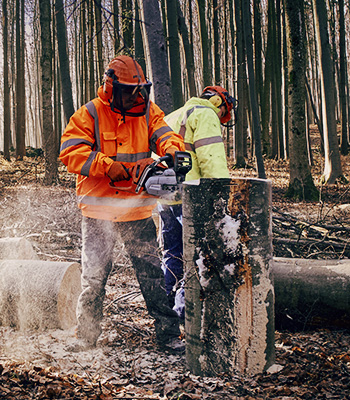
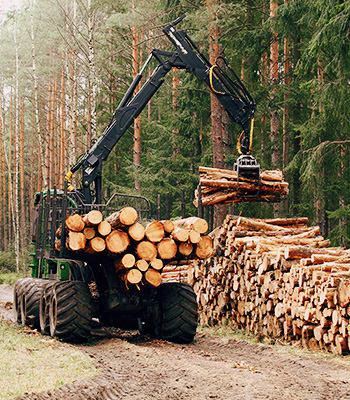






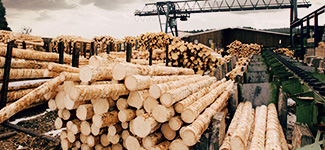
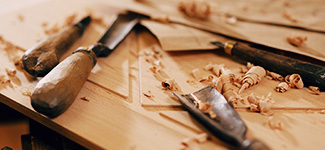
Robert John
January 13 2025I was very happy with the service and the payment plan. It is a good domain name that I am able to pay for over time while having the advantage of using it now.
ReplyChristine Hill
December 27 2025LOVED IT! I've been wanting to purchase this site for years, and I am so glad I was able to thanks to Huge Domains.
Reply